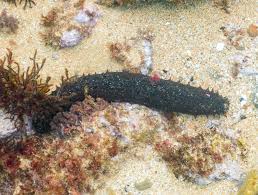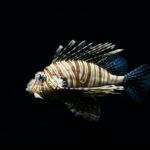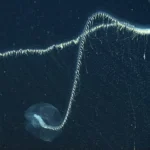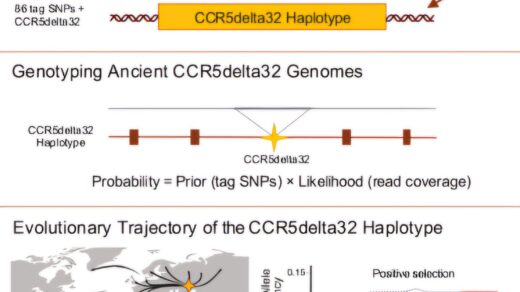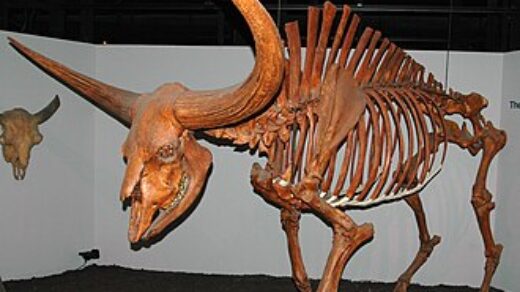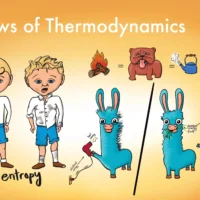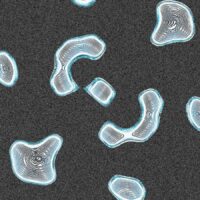Symbiotic Relationship: A Close Biological Bond
The term “symbiosis” comes from two Greek words — “syn” (together) and “bios” (life) — meaning “living together.” Thus, a symbiotic relationship refers to a close interaction between two or more organisms of different species. These relationships may form for shelter, nutrients, reproduction, or survival, depending on mutual needs.
Conditions Required for a Symbiotic Relationship
Some specific environmental and biological conditions are essential for symbiosis. These include:
- Proximity: Both organisms must be physically close or in direct contact.
- Interdependence: Each species should rely on the other for survival.
- Long-term Association: The relationship should persist over time.
- Compatibility: The species must coexist without conflict. Their biological systems should complement each other, not react adversely.
Types of Symbiotic Relationships

Symbiosis can be categorized based on duration, dependency, living arrangement, and the type of interaction.
Based on Dependency Over Time
Symbiotic relationships are often classified into three main types:
- Obligatory Symbiosis
In this type, both organisms are completely dependent on each other and cannot survive independently.
Examples:
- Lichen (algae and fungi)
- Termites and cellulosic protozoa
- Facultative Symbiosis
Here, the relationship is optional. Each organism can live independently, although symbiosis provides advantages.
Examples:
- Remora fish and sharks (Remora can find other hosts)
- Oxpeckers and rhinoceros
- Temporary Symbiosis
This type involves short-term interactions between species.
Examples:


- Barnacles and whales
- Ticks and mammals
Based on Living Arrangement
Symbiosis is also categorized by where the species live in relation to one another:
- Endosymbiosis: One organism lives inside the other.
Examples:- Mitochondria inside eukaryotic cells
- Plasmodium inside mosquitoes
- Ectosymbiosis: One organism lives on the surface of another.
Example:- Lichen
- Microsymbiosis: Involves microscopic organisms living together.
Example:- Gut microbiome
Based on Type of Interaction
Symbiotic relationships may benefit one or both organisms — or even harm one of them.
- Mutualism
In mutualistic relationships, both species benefit and depend on each other.
Examples:
- Clownfish and sea anemone
- Bees and flowers
- Oxpeckers and rhinoceros
- Coral and algae
- Fungi and tree roots (mycorrhizae)
- Commensalism
In this type, one species benefits, while the other is neither harmed nor helped.
Examples:
- Remora fish and sharks
- Orchids and trees
- Barnacles and whales
- Cattle egrets and grazing animals
- Parasitism
Here, one organism benefits at the expense of the other.
Examples:
- Tapeworms and humans
- Lice and humans
- Fleas and dogs
- Mosquitoes and animals
- Ticks and mammals
Conclusion
In conclusion, symbiotic relationships are essential in nature. Sometimes, they promote mutual benefit and coexistence. Other times, one species may suffer harm. Nevertheless, they demonstrate how deeply life is interconnected.

